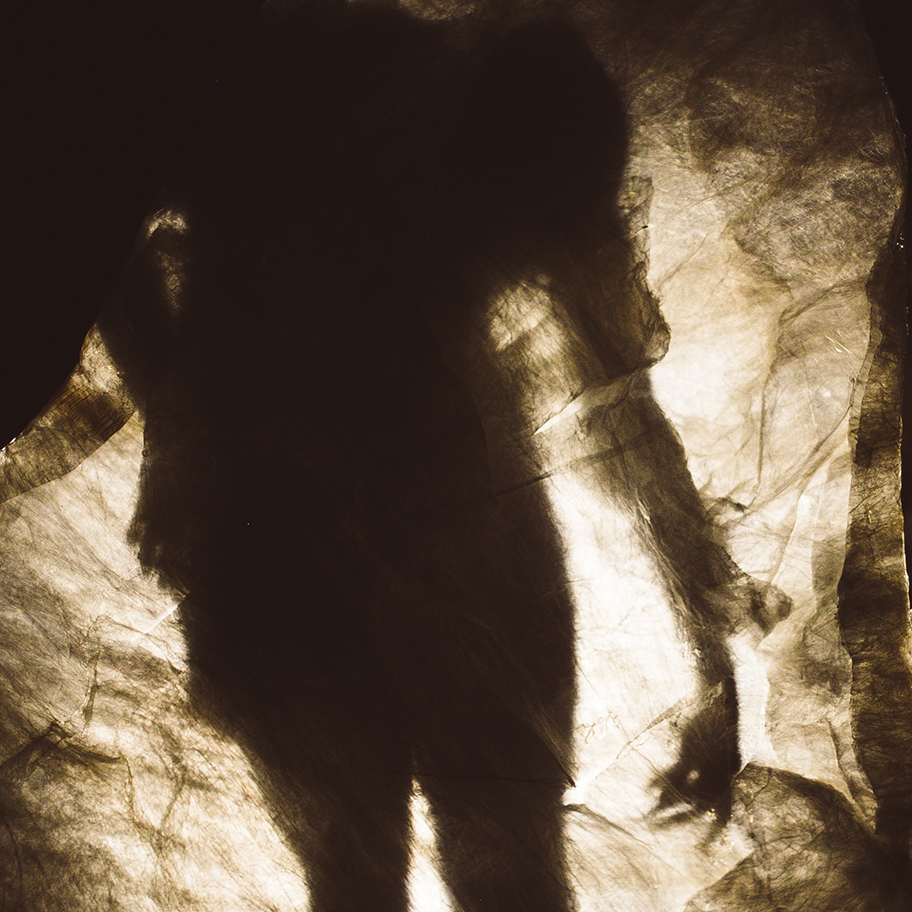
- watch: 20th December 2019 at 10am UTC
- duration: 40min
We are always experiencing successive births and deaths. We feel the death of loved ones most acutely—there is something radical about the change in our reality. We are not given options, there is no room for negotiation, and the situation cannot be rationalized away or covered up by pretense. There is a total rupture in our who-I-am-ness, and we are forced to undergo a great and difficult transformation. In bereavement, we come to appreciate at the deepest, most felt level exactly what it means to die while we are still alive. The Tibetan term bardo, or “intermediate state,” is not just a reference to the afterlife. It also refers more generally to these moments when gaps appear, interrupting the continuity that we otherwise project onto our lives. These interruptions in our normal sense of certainty are what is being referred to by the term bardo. But to be precise, bardo refers to that state in which we have lost our old reality and it is no longer available to us. Anyone who has experienced this kind of loss knows what it means to be disrupted, to be entombed between death and rebirth. We often label that a state of shock. In those moments, we lose our grip on the old reality and yet have no sense what a new one might be like. There is no ground, no certainty, and no reference point—there is, in a sense, no rest. This has always been the entry point in our lives for religion, because in that radical state of unreality we need profound reasoning—not just logic, but something beyond logic, something that speaks to us in a timeless, nonconceptual way. Our path is to find presence in each of these experiences. In the case of the bardo, when presence is the only real thing left, if we are searching for security instead, wisdom can be elusive. So the first essential point is rupture. The second is emptying out the contrived self. And the third is the recognition that our experience is based on dynamic, responsive presence. Experiencing a loss can be freeing. When we are free of all our psychological heaviness, the accumulated weight of our usual momentum, we have an opportunity to know the raw presence that remains. The fourth essential point, put simply, is that the world we produce from loss can be created with a light heart as a state of play. Emerging from the bardo, we reenter the flow of life with a new sense of groundlessness: it is clear that “later” is not always a luxury that will be available to us; we are also disconnected from the past. That makes nowness starkly available. The perspective gained in the bardo cuts through petty concerns. It cuts through delusions so that whatever we contact, we do so with a raw presence, without the denial of impermanence. As long as we remain in this illumined state and still remember that grasping is futile, a new kind of openness becomes available to us. We have lost our delusions; to love and live now is to do so with nothing to lose because, for the time being, what really mattered has already been lost. Death is connected to rebirth. The rupture of bardo inevitably leads to whatever is next. If we appreciate these successive deaths and rebirths in our lives, then we can value the bardo for what it is—the pause that makes movement apparent, the silence that makes all sounds more vivid, the end that clarifies what exactly we will now be beginning. Impermanence is not just an illuminator of loss. It is an illuminator of newness, the ever-unfolding present moment and its creativity. The performers ( dancers and musician) are entering those spaces through different experiences and through their tools in a state of consciousness. Dancers use the body to eneter the space as a medium of experience and the musician enters the space through her music. These states can become encouters of three individuals who lead an independent story form one another, but the same time become part of the story of the other
BIO: Tina (Martina) Dobaj graduated from the renowned dance academy P.A.R.T.S. in Brussels. After finishing her studies engaged in the performance The Vile Parody of Address by the choreographer William Forsythe. After her return to Slovenia she began teaching professional trainings in Ljubljana and at the National Theatre in Maribor, while keeping in touch with Brussels, leading different trainings and workshops there. She also taught at the High School for contemporary dance – SVŠGL in Ljubljana, where she also works today as a contemporary dance and ballet teacher. She was also involved in the preparation of the dance curriculum for the art college in Ljubljana. Since 2014 she also worked as a pedagogue and choreographer at high school Ptuj, where she helped establishing the »Musical« departement. She received two national »Povodni mož« dance awards for her debutant choreography piece »Cesta« (»The Road«) and München festival award for her author piece Geiko (2004), followed by two more shows produced by Flota production – Ring in Kore wa tada no sen desu (2006 in 2007). Tina also collaborated with the renowed slovene choir leader and conductor Karmina Šilec, producing very succesful (and often copied) choir choreographies for Carmina Slovenica\’s performances of Adiemus (2003) and CS LIGHT (2007). She collaborated with slovene dancer Gregor Kamnikar in two very creative dance pieces Odprto od do and Kapital. The latter was invited to the Brisbane festival in Australia (2011), where they led workshops at Queensland University and integrated students into the show. In April 2013 she taught classes at New Jersey based dance school MADLOM of choreographer Maja Milenović Workman, with whom she later collaborated as a dancer in her piece Namišljena resnica – Virtual truth premiered in September 2013 at »Stara elektrarna« in Ljubljana. In the same year she also collaborated in improvisation projects in New York, performing with jazz legends Reggie Workman and Ken Vandermark, under direction of Maja Milenovič Workman. In 2016, she carried out the project M – Touch in the production of the Federation and Silhuoette with the financial assistance of the Municipality of Maribor in the Minority Church. She presented her work also in Choreographic international collaboration in Udine in 2018 and get a prize for choreoghraphy Silhouette. She taught Einstein the Yoseida Shiatsu Tina is also trained in Shaolin and Wudan Kung fu and she is teaching Qi gong and she works also as shiatsu therapist. Tina is holding the professional classes at the National Ballet Company in Theatres in Slovenia, Austria and Crotia and she teaches also contemporary tehnic at the Conservatory of Ballet in Slovenia at the moment. Tina is also professor in High School for Contemporary dance in Ljubljana for 15 years, she is also part of a comitee of National State exams for Contemporary dance. She is also teaching her classes at the Conservatory of Ballet School in Maribor for 2 years now.

